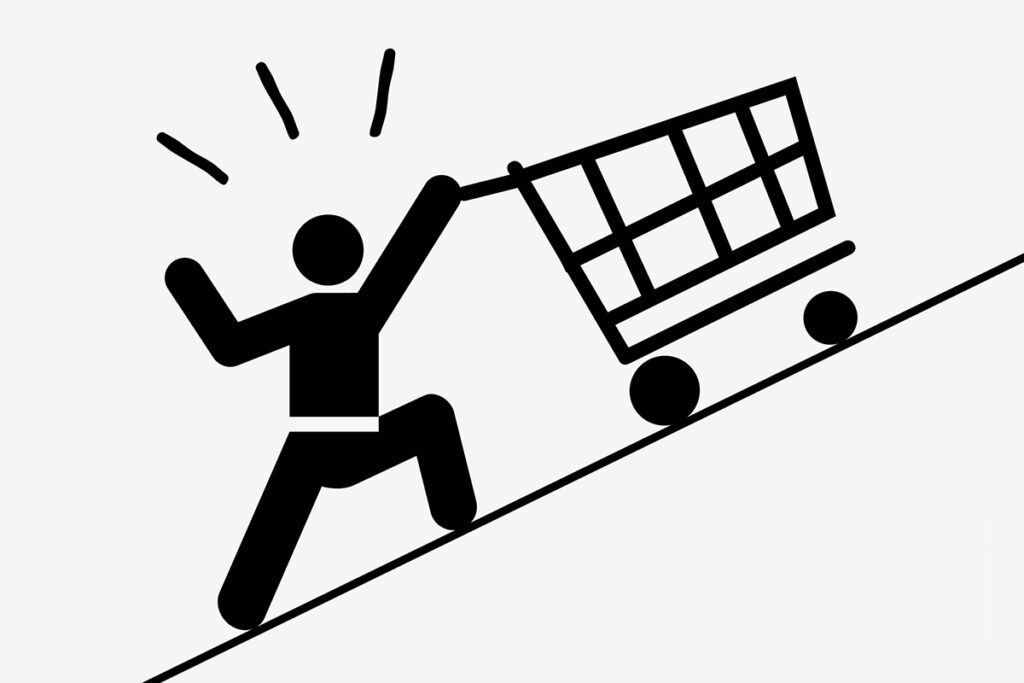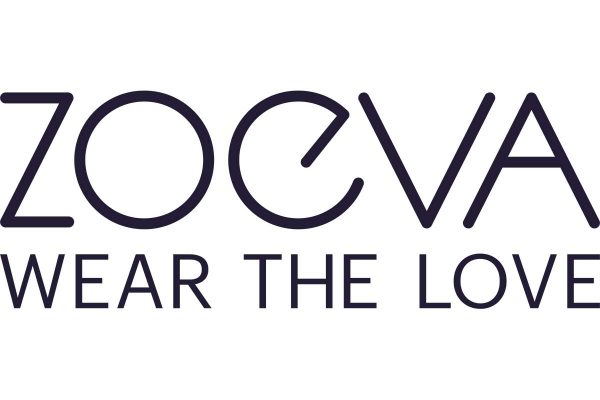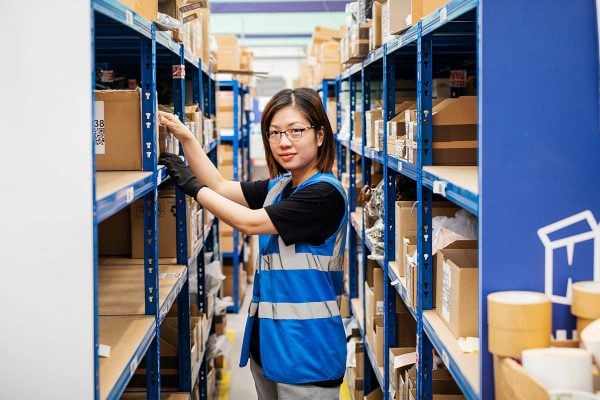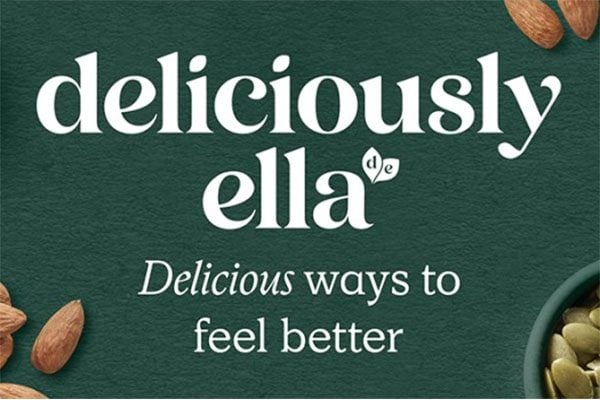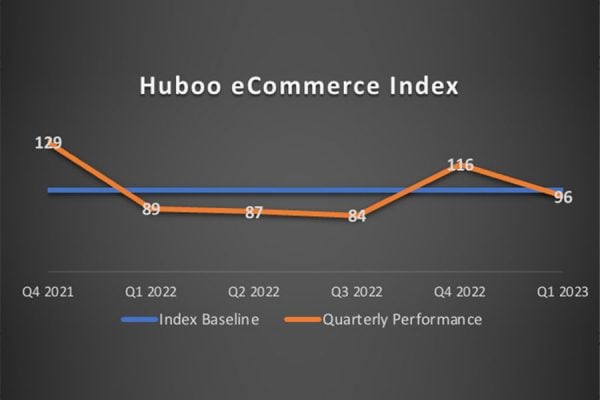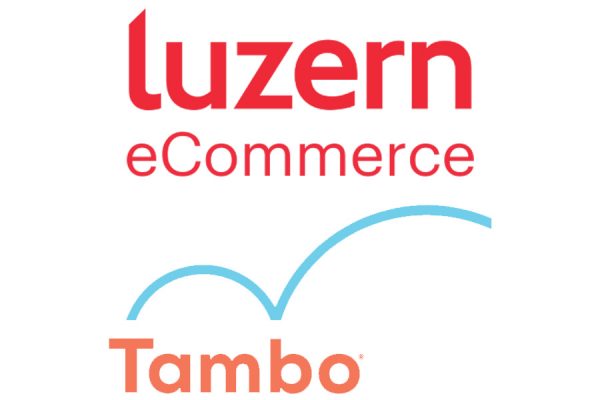The retail industry’s cautiously optimistic outlook going into 2022 has been eroded by strong economic headwinds, geopolitical instability, soaring inflation and plummeting consumer confidence. But for online retailers, there are still opportunities to ride out the downturn and grow their businesses. Mark Elward VP at Huboo, and Peter Edgar, CFO at Huboo reflect on two lessons from a turbulent 2022 and consider how ecommerce can win in the year ahead:
Lesson 1: Meet the needs of the price-sensitive consumer
Consumers have already begun cutting down on larger expenses and trading down to cheaper products. In 2022, we’ve seen bundle deals – complementary products bundled together at a discounted rate – become a popular and effective way for retailers to incentivise consumers to increase basket size, while at the same time making them feel they’ve gotten great value for money. This is a tactic Amazon uses to great effect, but we’re now seeing it applied across a range of marketplaces and D2C brand stores.
There has also been significant growth in retailers offering subscription models – where customers commit to regular purchases of products such as alcohol, pet food or contact lenses for a discounted price. This is an astute way for ecommerce brands to secure repeat custom and smooth out sales highs and lows, while having the added benefit of drawing customers away from the big online marketplaces and onto their own websites, where profit margins are higher.
As the market continues to contract into 2023, ecommerce brands need to be extra sensitive to costs and focus on conveying value for money to their customers. Designing effective promotions is more than just slapping discounts on products or holding flash sales. Online retailers need to use sales bundles and subscriptions creatively, actively increasing product sales without devaluing their products or brand.
Lesson 2: Market in tune with the consumer mood
During the height of Covid, many ecommerce brands were able to adapt their communications to reflect the sombre climate. The most effective pandemic adverts were more restrained and less exuberant, often demonstrating support for broader societal causes. It’s a tactic worth repeating whenever times are tough for the population at large. The 2022 John Lewis Christmas ad is a great example of how retailers can modify their tone to reflect the mood of the nation.
But it doesn’t just apply to grandstand advertising moments. In 2023, everyday brands of all shapes and sizes must pay close attention to the tone of all ongoing marketing efforts – from digital ads to newsletters – to make sure communication is sensitive to their customers’ situation.
A tough year ahead, but there are opportunities on the horizon
Retailers will be put to the test again in 2023, in yet another year of significant economic challenges.
As with the pandemic, we are likely to see a divergence of the fortunes of bricks-and-mortar and online retailers. Physical retailers will find themselves more exposed due to fixed costs – such as retail space, energy bills and shop floor staff. With fewer overheads and a greater ability to adapt their business models and sales tactics in line with market movements, ecommerce brands find themselves in a stronger position to ride out the downturn and achieve success in 2023.
Adaptability will continue to be the ecommerce secret weapon. It won’t be easy, but if online retailers take learnings from the last 12 months, they will put their businesses on a positive trajectory and will emerge from the downturn stronger, leaner, and more attuned to their customers’ needs.
